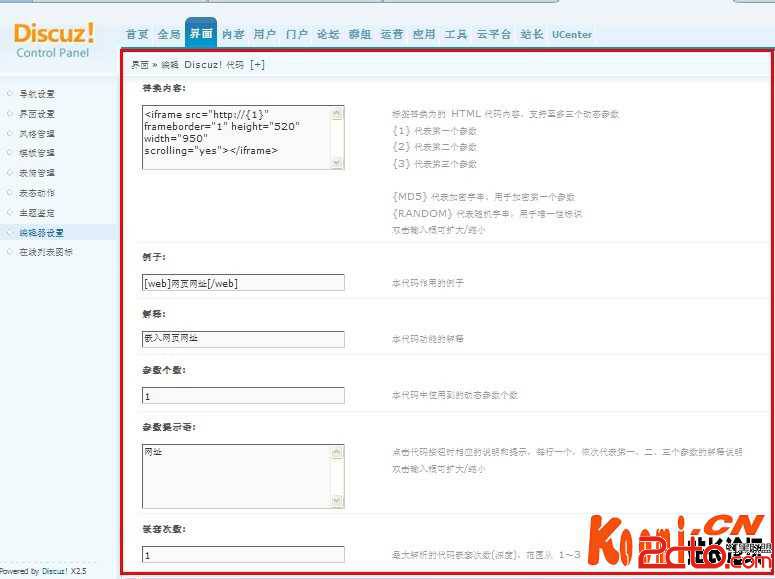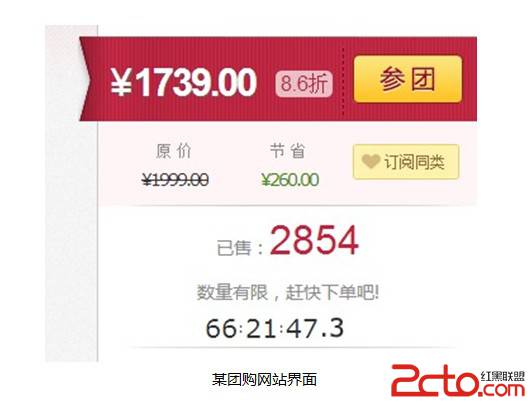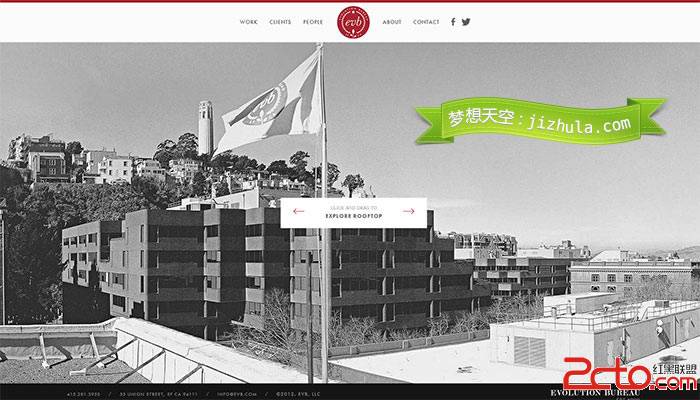Qt4--创建自定义图标
1、通过Qt Assistant 查看 Qt resource system
原文:The Qt resource system is a platform-independent mechanism for storing binary files in the application's executable. This is useful if your application always needs a certain set of files (icons, translation files, etc.) and you don't want to run the risk of losing the files.
意思是说,Qt resource system是和平台无关,他用来为应用程序存储二进制文件。如果在运行过程中不想要冒文件丢失的险,这样的文件集就是一个很好的选择。
原文:The resources associated with an application are specified in a .qrc file, an XML-based file format that lists files on the disk and optionally assigns them a resource name that the application must use to access the resource.
Here's an example .qrc file:
DOCTYPE RCC><RCC version="1.0">
<qresource>
<file>images/copy.png</file>
<file>images/cut.png</file>
<file>images/new.png</file>
<file>images/open.png</file>
<file>images/paste.png</file>
<file>images/save.png</file>
</qresource>
</RCC>
<!DOCTYPE RCC><RCC version="1.0">
<qresource>
<file>images/copy.png</file>
<file>images/cut.png</file>
<file>images/new.png</file>
<file>images/open.png</file>
<file>images/paste.png</file>
<file>images/save.png</file>
</qresource>
</RCC>这些资源被存放在.qrc文件下,这是一个基于XML格式的文件。
原文:For a resource to be compiled into the binary the .qrc file must be mentioned in the application's .pro file so that qmake knows about it. For example:
RESOURCES = application.qrc
RESOURCES = application.qrc需要在.pro文件内加入.qrc文件
如下图是qmake以后生产的文件。也就是程序中可以用如“:/images/copy.png”
原文:
Using Resources in the Application
In the application, resource paths can be used in most places instead of ordinary file system paths. In particular, you can pass a resource path instead of a file name to the QIcon, QImage, or QPixmap constructor:
cutAct = new QAction(QIcon(":/images/cut.png"), tr("Cu&t"), this);
cutAct = new QAction(QIcon(":/images/cut.png"), tr("Cu&t"), this);
2、示例
1、在目录下建立images文件夹,在文件夹内放入图片:buttonico.png
2、建立一个Qt resource 文件,取名为images.qrc
3、修改images.qrc文件内容
修改好以后Qt Creator内images.qrc发生变化
4、创建main.cpp
include<QApplication>
#include<QPushButton>
int main(int argc, char* argv[])
{
QApplication app(argc, argv);
QPushButton* button = new QPushButton();
button->setIcon(QIcon(":/images/buttonico.png"));
QObject::connect(button, SIGNAL(clicked()), &app, SLOT(quit()));
button->show();
return app.exec();
}
补充:web前端 , HTML/CSS ,




